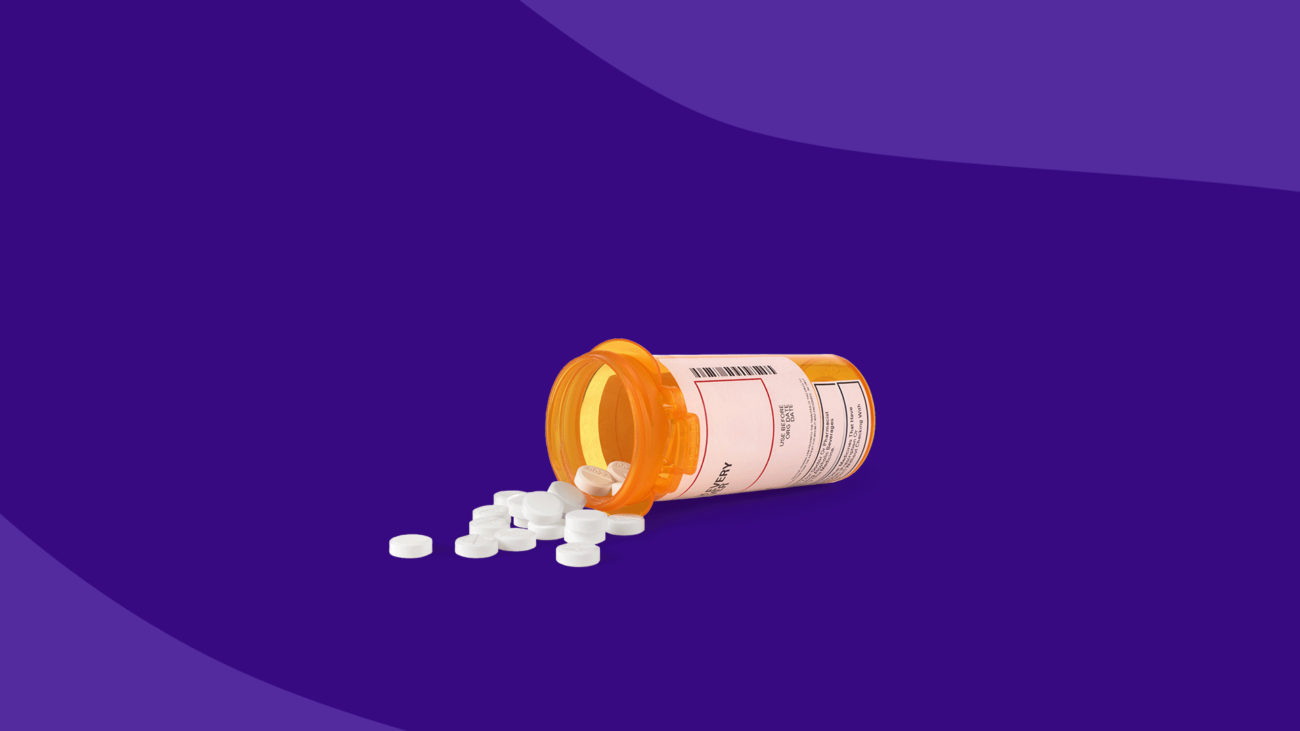Metformin dosage is one of the key factors in effectively managing type 2 diabetes. As a widely prescribed medication, understanding how to properly adjust your dosage can lead to better control of blood sugar levels, reduced side effects, and improved overall health. In this article, we’ll explore everything you need to know about metformin dosage, including starting doses, adjustments, and important considerations for different individuals.
Understanding Metformin and Its Importance
Metformin is an oral medication commonly used to treat type 2 diabetes. It helps control blood sugar levels by improving how the body handles insulin. A proper metformin dosage ensures that the medication works effectively while minimizing potential side effects. It’s essential to work closely with your healthcare provider to determine the right dosage for your specific condition.
Factors That Determine the Right Metformin Dosage
Several factors can affect the appropriate dosage of metformin for an individual. These factors include:
- Age and Weight: Older adults or those with low body weight may require lower doses.
- Kidney Function: Since metformin is excreted through the kidneys, dosage adjustments are often necessary if kidney function is impaired.
- Blood Sugar Levels: The ideal metformin dosage is often based on how well it controls your blood sugar levels.
- Other Medications: If you are taking other diabetes medications, your doctor might adjust the dosage to avoid interactions.
Working with a healthcare provider is the best way to find the correct metformin dosage for your unique situation.
Starting Metformin Dosage: A Step-by-Step Guide
Most people begin with a low metformin to reduce the risk of side effects. The standard starting dose is usually 500 mg once or twice daily with meals. Over time, this dosage may be increased as needed, with a typical maximum dose of 2000 to 2500 mg per day, depending on individual tolerance and blood sugar levels.
- Initial Dose: 500 mg daily
- After 1-2 Weeks: Dosage may be increased by 500 mg weekly until blood sugar is controlled.
- Max Dose: Up to 2500 mg/day (spread out across meals).
It’s important to follow your doctor’s instructions when increasing your metformin to avoid gastrointestinal side effects.

Metformin Dosage Adjustments: When and Why
Metformin dosage adjustments are often required as your body adapts to the medication. Your healthcare provider will monitor your blood sugar levels and adjust your dosage as needed to ensure optimal control. Some reasons for adjusting your metformin include:
- Poor Blood Sugar Control: If your levels remain too high, your doctor may increase your dosage.
- Side Effects: If you experience severe side effects, a lower dosage or an extended-release formulation may be recommended.
- Weight Changes: Gaining or losing weight may necessitate a dosage change.
- Health Conditions: Changes in kidney function or other health issues can also prompt dosage adjustments.
How to Take Metformin Safely: Tips for Success
To get the most from your metformin treatment, follow these guidelines:
- Take it with Food: Taking metformin with meals can help reduce the risk of stomach upset.
- Stay Hydrated: Drink plenty of water to help your kidneys process the medication.
- Follow Dosage Instructions: Never skip doses or change your metformin without consulting your doctor.
- Monitor Blood Sugar Levels: Regularly checking your levels will help you and your healthcare provider determine if adjustments are necessary.
If you’re unsure about your dosage or how to manage your medication, don’t hesitate to book a free consultation session with our expert for personalized advice on metformin.
Side Effects of Incorrect Metformin Dosage
Taking the wrong metformin can lead to unwanted side effects. Common side effects include:
- Gastrointestinal Issues: Nausea, vomiting, or diarrhea, especially at higher doses.
- Lactic Acidosis: Though rare, an overdose of metformin can lead to a dangerous condition called lactic acidosis, which requires immediate medical attention.
- Low Blood Sugar (Hypoglycemia): Though metformin itself doesn’t cause hypoglycemia, it can happen if you’re taking other diabetes medications along with metformin.
By sticking to the correct metformin and following your doctor’s advice, you can minimize these risks.
Extended-Release vs. Regular Metformin Dosage
There are two main forms of metformin: regular and extended-release. Extended-release metformin is often prescribed to individuals who experience gastrointestinal side effects with the regular form. It’s taken once daily, usually at dinner, and offers a more gradual release of the medication, which can help prevent side effects like nausea or diarrhea.
- Regular Metformin: Typically taken 2-3 times per day with meals.
- Extended-Release Metformin: Taken once daily and can lead to fewer stomach issues.
Consult with your doctor to decide which form of metformin and what is right for you.
Frequently Asked Questions About Metformin Dosage
- What is the maximum metformin dosage?
The maximum recommended dose of metformin is generally 2000 to 2500 mg per day, depending on the individual. - How quickly can metformin dosage be increased?
Your doctor will typically increase the dosage every 1-2 weeks to minimize side effects and ensure your body adjusts properly. - Can metformin be adjusted based on side effects?
Yes, if you experience side effects like nausea or diarrhea, your doctor may lower your dosage or recommend switching to extended-release metformin. - Do I need to change my diet with metformin?
While metformin helps control blood sugar, maintaining a healthy diet and regular exercise are still crucial for effective diabetes management.
Conclusion: Finding the Right Metformin Dosage
Understanding your metformin is vital for managing diabetes effectively. Regular monitoring and working closely with your healthcare provider can ensure that your dosage is tailored to your needs, helping to control blood sugar levels and reduce the risk of side effects.

